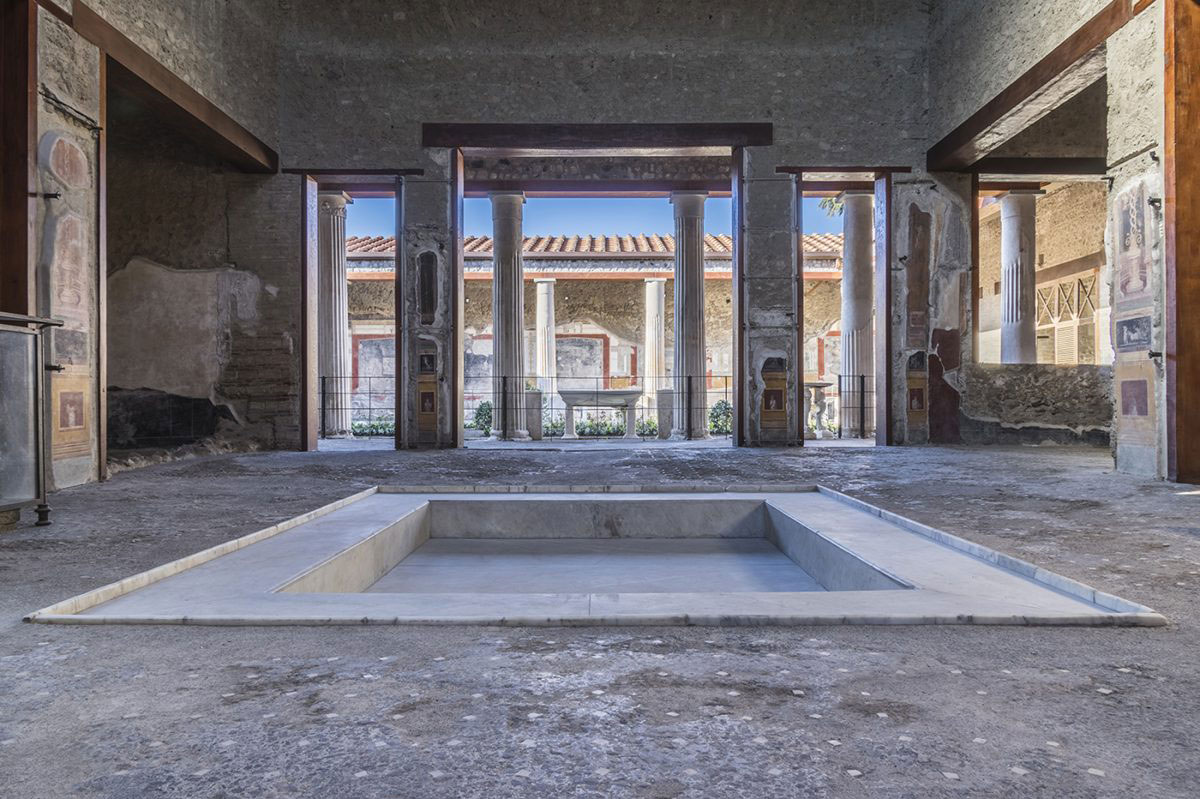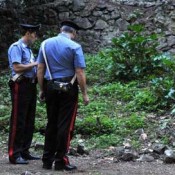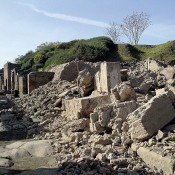The lavish house in Pompeii has opened its doors to the public after two decades of restoration. It belonged to two former slaves who came to riches through wine trade.
The house encompasses the history of Pompeii and of the Roman society of the time. “We’re seeing here the last phase of the Pompeian wall painting with incredible details, so you can stand before these images for hours and still discover new details… So, you have this mixture: nature, architecture, art. But it is also a story about the social life of the Pompeiian society and actually the Roman world in this phase of history,” the archaeological park’s director, Gabriel Zuchtriegel said to the Associated Press.
The house was excavated in 1894-1895. It is one of the richest and most famous in Pompeii and lies under the protection of Priapus, the god of prosperity, painted to the right of the door, symbolising the economic prosperity of the owners, the brothers Aulus Vettius Restitutus and Aulus Vettius Conviva liberti.
The appearance of the house was changed during the restructuring phase in the Augustan era (1st century BC) with respect to the traditional layout that characterises other homes, such as those of the Faun and Sallust, eliminating also the tablinum to gain more space for the large garden, full of statues with jets of water, which is the focal point of the dwelling. The more richly decorated rooms overlook the peristylium, including the living room with the frieze of Cupids which carry out the main productive activities of that time, from selling wine to cleaning clothes, cultivating flowers to harvesting, jewellery making to creating perfumes. The lararium painting is found in the kitchen area; a graffiti at the entrance of the house indicates that the prostitute, Eutychus, who was a slave offering herself for two Asses, carried out her affairs in the adjacent room, decorated with a number of erotic paintings.





